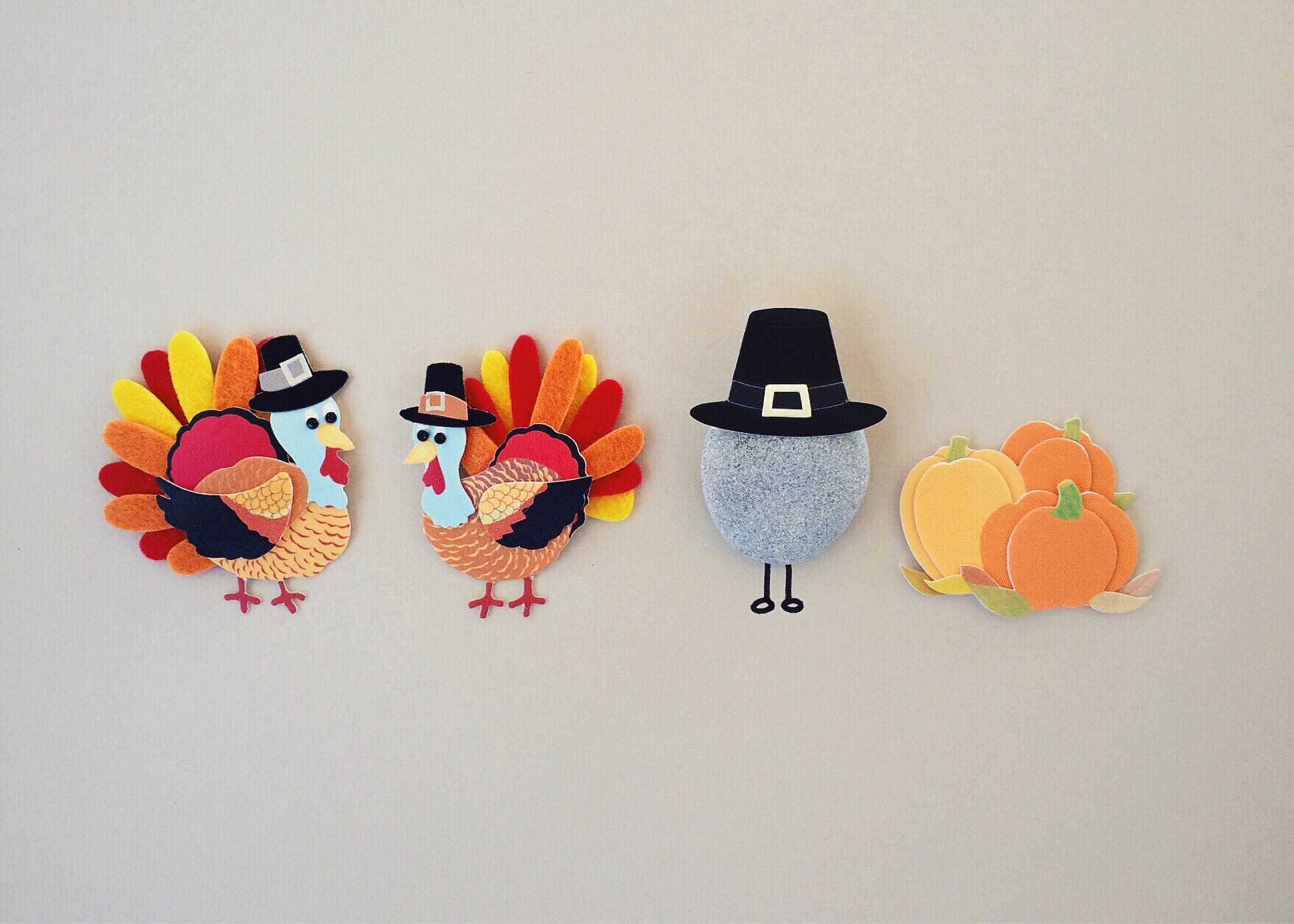Traditional Thanksgiving in a vegan world
posted on
November 23, 2018

I hope you had a great Thanksgiving yesterday.
At this time of year, like most people, I spend time thinking about what I’m thankful for. This year, I am especially thankful for the health of my family, small farmers, and that I was able to attend the annual Weston A. Price Foundation (WAPF) Conference.
At the WAPF Conference last weekend, it was wonderful to be in my bubble. Everyone had an interest in a junk-free lifestyle - from nourishing food to EMF prevention. I was immersed in knowledge about the benefits of eating a traditional diet: lots of animal fat, lots of animal protein, lots of veggies and fermented foods, and a little carbs. It’s the diet that humans evolved thousands of years to eat.
So I get back from the conference, and then comes Thanksgiving. If you’re talking about traditional foods, Thanksgiving dinner should fit right in.
But… one of our family members is vegan. Gasp!
So, what does my family do? We veganize Thanksgiving, which moves it so far beyond a traditional diet. We replace the natural nourishing foods with factory-produced or GMO ingredients. We replace animal protein and animal fat with soy and vegetable oil. It’s opposite of the diet I choose to eat.
When a family that eats a traditional diet has as vegan friend over, they cater to the vegan. But it doesn’t go both ways. If I were to eat at a vegan family’s house, they wouldn’t serve me meat.
This really gets me thinking. There are so many varying food trends and doctors recommendations and even the USDA promoted food plate (formerly known as the food pyramid). They’re trying to solve problems created by an industrialized and government-subsidized food system with inaccurate science.
These trends and hopeful solutions go beyond home kitchens and infiltrate school lunches, restaurants, supermarkets, everywhere.
The current trend towards a plant-based diet makes me realize how my traditional diet is endangered and perhaps at risk of extinction. My diet is being pushed aside, and small farmers are at risk.
At the conference, Sally Fallon, founder and president of the WAPF, so eloquently explained that thirty-something small Wisconsin dairy farmers all went out of business in the same day last year. They were pushed out by government policy and big agriculture.
Listen, I’m not interested in changing anyone’s food choices (and I’m talking about choices, not allergies). Everyone should have the right to choose what they put into their body. However, I am interested in being proud to eat a traditional diet and share the benefits with whomever would like to know.
I urge you to bring your traditional foods to family celebrations and potlucks. I encourage you to be proud of how you eat.
When you bring those “strange” dishes to events, be prepared for the comments. “That looks like a heart attack on a plate,” or “That poor animal.” Be prepared for this with snappy comebacks. My favorites are “That’s inaccurate science” and “There’s death in all farming, even plant based farming.”
I also encourage you to put your dollar where your mouth is… or your mouth where your dollar is. Sally recommends spending 50% of your food budget sourcing from small farms.
I am so thankful that I still have access to the foods of my choosing, foods that maintain the health of my family. And, I am equally thankful for the radically traditional small farmers who work hard to bring those foods to my kitchen.What are you thankful for?




